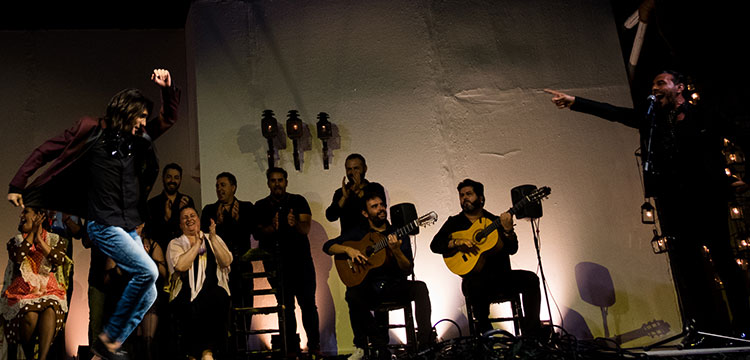

In detail, key towns and cities in this area include Flamenco cradles such as Cadiz, Jerez de la Frontera (Cadiz province), Morón de la Frontera (Seville province), and Ronda (Malaga province).įrom Lower Andalusia, Flamenco spread to the rest of current Andalusia’s provinces: Huelva, Granada, Cordoba, Jaen and Almeria, as well as the neighboring province of Badajoz in the Extremadura region (western Spain) and the province of Murcia in southeastern Spain. Geographically, most Spanish Flamenco historians have determined that Flamenco was born in Lower Andalusia, which includes the entire Cadiz province, southern Seville province and the Ronda area of Malaga province. Certainly, many of the first Flamenco performers were Gitanos who passed down the tradition from generation to generation. The first Flamenco songs are known as tonás and they gave way to the martinete, carcelera, debla, seguiriya (or siguiriya) and saeta.įlamenco and the Gitano community are closely linked. In the essential book, “ El Cante Flamenco,” one of Spain’s leading Flamenco experts, Ángel Álvarez Caballero, cites research by Pedro Camacho which indicates that Castilian romances are the main root of Flamenco. Many Spanish scholars believe that Flamenco is the combination of several musical influences: the musical traditions of Spanish Christians, the folk music of the Gitanos (Spanish gypsies), the chants of the Moors, and Sephardic songs. And, lastly, in the 20th century, Andalusia welcomed thousands of immigrants from Latin America, Morocco and Romania as well as hundreds of thousands of foreign tourists some purchased summer homes in or near coastal areas. There was also the peaceful arrival of the Gitanos (Gypsies or Roma) to Spain around the 16th century. Later, the region was invaded by Carthaginians, Romans, Vandals, Alans, Visigoths, Byzantines, Arabs, and North African Berbers (Almoravids and Almohads). Indeed, in ancient times, Phoenicians and Greeks opened coastal trading posts. Flamenco HistoryĪndalusia (Andalucía in Spanish) in southern Spain is a crossroads of cultures.

For instance: Terremoto (earthquake), Tomatito (small tomato), Camarón (shrimp), El Cabrero (the goatherder), Habichuela (bean), etc.

Transmission traditionally occurred through dynasties, families, social groups and Flamenco clubs, all of which played, and still play, a key role in its preservation and dissemination.Ĭuriously, some Flamenco performers have unusual artistic nicknames that make reference to their looks, family clan, geographical origin, profession, or some other circumstance. Moreover, various additional instruments have been added to Flamenco throughout the past decades such as the cajón (percussion instrument), electric and acoustic bass, piano, flute, cello, violin and saxophone.įlamenco is performed at regular music venues, fan clubs called peñas, nightclubs called tablaos, festivals, religious celebrations such as Holy Week processions, rituals, church ceremonies and at private events. Your Connection to traditional and contemporary World Music, including folk, roots, global music, ethno and crosscultural fusionsĪdditionally, other instruments, including castanets (primarily in dance), palmas (hand clapping) and foot-stomping are traditionally used as well.


 0 kommentar(er)
0 kommentar(er)
